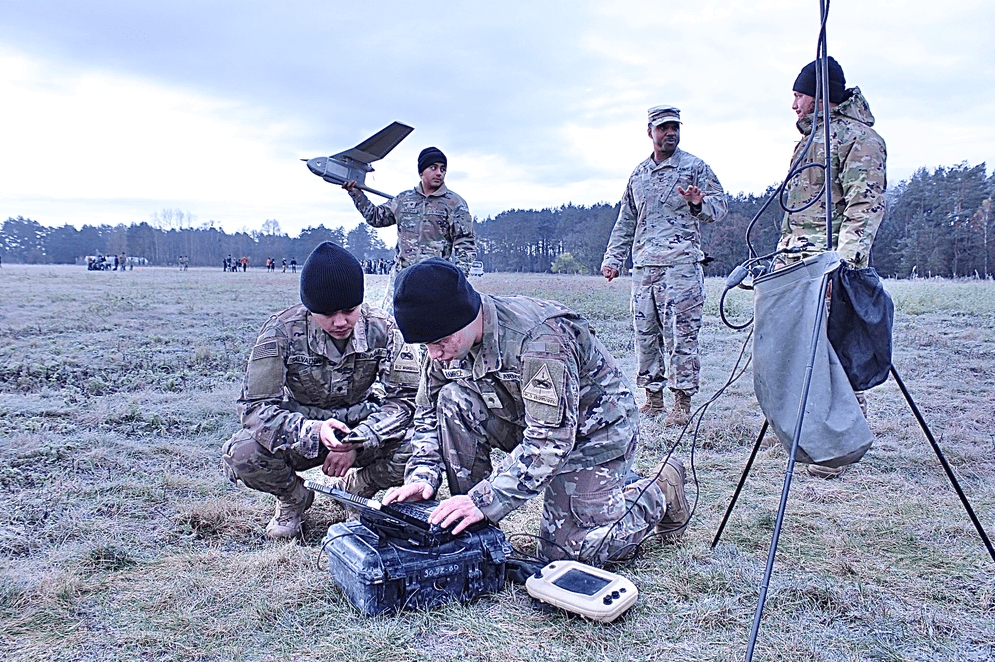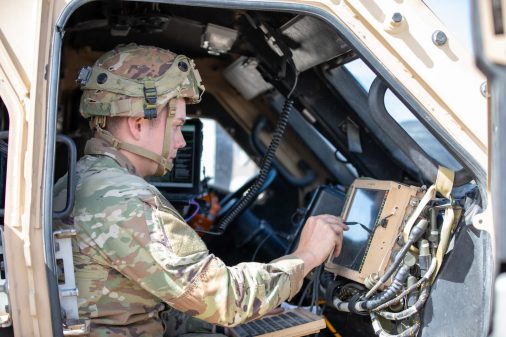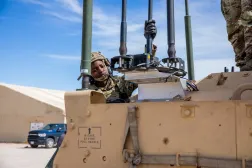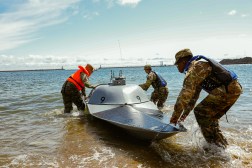Army working with CDAO to design interoperable data architectures

SAVANNAH, Ga. — The Army is working with the Pentagon’s Chief Digital and AI Office to develop more interoperable data and communications architectures to enable the seamless transfer of vital combat information between the U.S. military branches and international partners.
The CDAO is in “violent agreement” with the Army on implementing and developing a data mesh as the service continues to assess the right solutions to allow forces to “fight tonight” and evolve, Young Bang, principal deputy assistant secretary of the Army for acquisition, logistics and technology, told reporters at the Army’s Technical Exchange Meeting in Savannah, GA.
Much of this work has taken place through the Global Information Dominance Experiments, designed to help inform data-sharing and integration issues related to one of the Pentagon’s top priorities — Combined Joint All-Domain Command and Control.
CJADC2 envisions how systems across the entire battlespace from all the services and key foreign partners could be more effectively and holistically networked to provide the right data to commanders for better decision-making.
“We have been working with them on the, for lack of better words, the objective architecture around the data mesh together,” Bang said. “We have been working specifically with them on how do we look at the data products, how do we decentralize those, how can we actually be a big player with them on the CDAO front and defining that future data mesh architecture? That’s kind of a work in progress as we kind of do the current as-is and kind of our objective areas.”
The ultimate goal and vision for CJADC2 is to allow all the services and multinational partners to seamless share battlefield information so they can act faster than adversaries.
However, there are still disconnects, despite various experimentation efforts.
For example, Bang said the Army has been able to demonstrate joint fires with the Navy, but not the Air Force yet.
“We were doing something with the Navy where we’ve done joint fires together. But that’s not something that we’ve done or the CDAO or OSD [has] pulled all the services together to kind of pull a thread through everything,” he said. “I do think that they’re working on it. But we currently — it’s been more us and a service or us and this other service. It hasn’t been us in [with] all the services to figure it all out yet. But I do think that OSD is looking at that.”
Bang noted there’s a desire to limit gateways in the future.
“We want to reduce the number of gateways, but we do know that there will be some reliance on gateways,” he said. “Some of that is necessitated by constrained pipes. Again, as we get better at our architecture, from a network and a data perspective, we won’t be hopefully constraining the pipes as much — and then that way, we won’t have to rely on old message formats.”
“By exception, there will be some gateways and even in our objective architecture. But currently, I think that we’re trying to get away from the number or the volume,” he added.
The Army is also prioritizing certain partners in the Indo-Pacific to integrate with so they can be better prepared to “fight tonight,” if necessary.
“We’re prioritizing some of those allies in that theater, so we can, again, get to the fight-tonight [posture] quicker,” Bang said. “It’s a couple of very specific allies in that theater that are going to be critical for us to communicate with, leveraging kind of Five Eyes [alliance partners] and some of the other key relationships in that area as well.”






